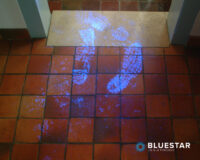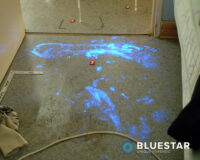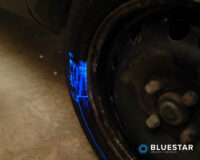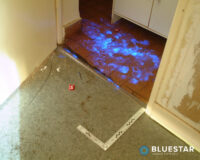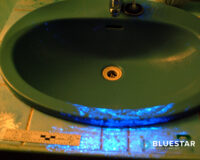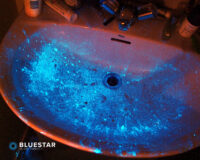BLUESTAR® Forensic is a high-performance blood detection reagent that reveals invisible traces of blood, including those that have been cleaned, or washed away.
With its exceptional sensitivity, BLUESTAR® is the go-to solution for fieldwork, laboratory investigations, and even specialized applications like archaeological research.
BLUESTAR® Forensic is the leading blood detection reagent in the market, trusted in over 95 countries worldwide to aid in solving countless criminal cases.
The History
The first luminol-based blood detection experiments were carried out by Specht in 1937. In 1951, Grodsky introduced a field kit known as the “Luminol Kit” for crime scene investigators.
That formula included sodium perborate, a toxic compound, and required total darkness to observe the reaction. Its shelf life was very limited.
In 2000, Jean-Marc Lefebvre-Despeaux, president of BLUESTAR®, tasked biochemistry professor Loïc Blum with developing a new luminol-based formula. The goal: to eliminate the disadvantages of existing reagents.
Blum succeeded in creating what is now known as BLUESTAR® Forensic.

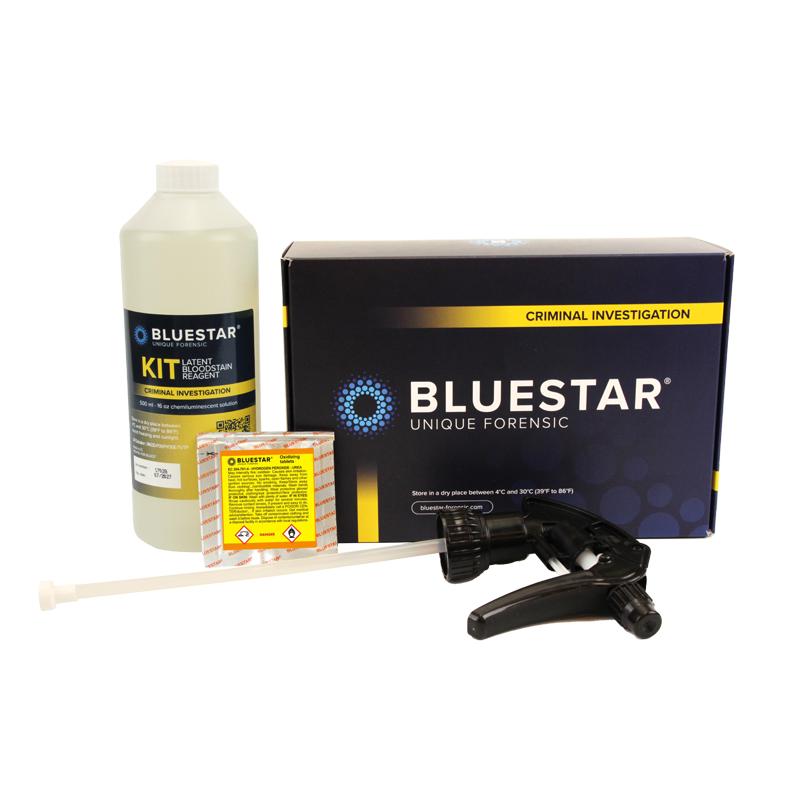
Preparation and use
BLUESTAR® Forensic is very easy to prepare. Simply dissolve the tablets in water to create the working solution.
Application is just as simple: spray the solution on the surface using a standard sprayer or the BLUESPRAY® micro-diffuser, which is ideal for smooth, non-porous surfaces where dripping and overspray must be avoided.
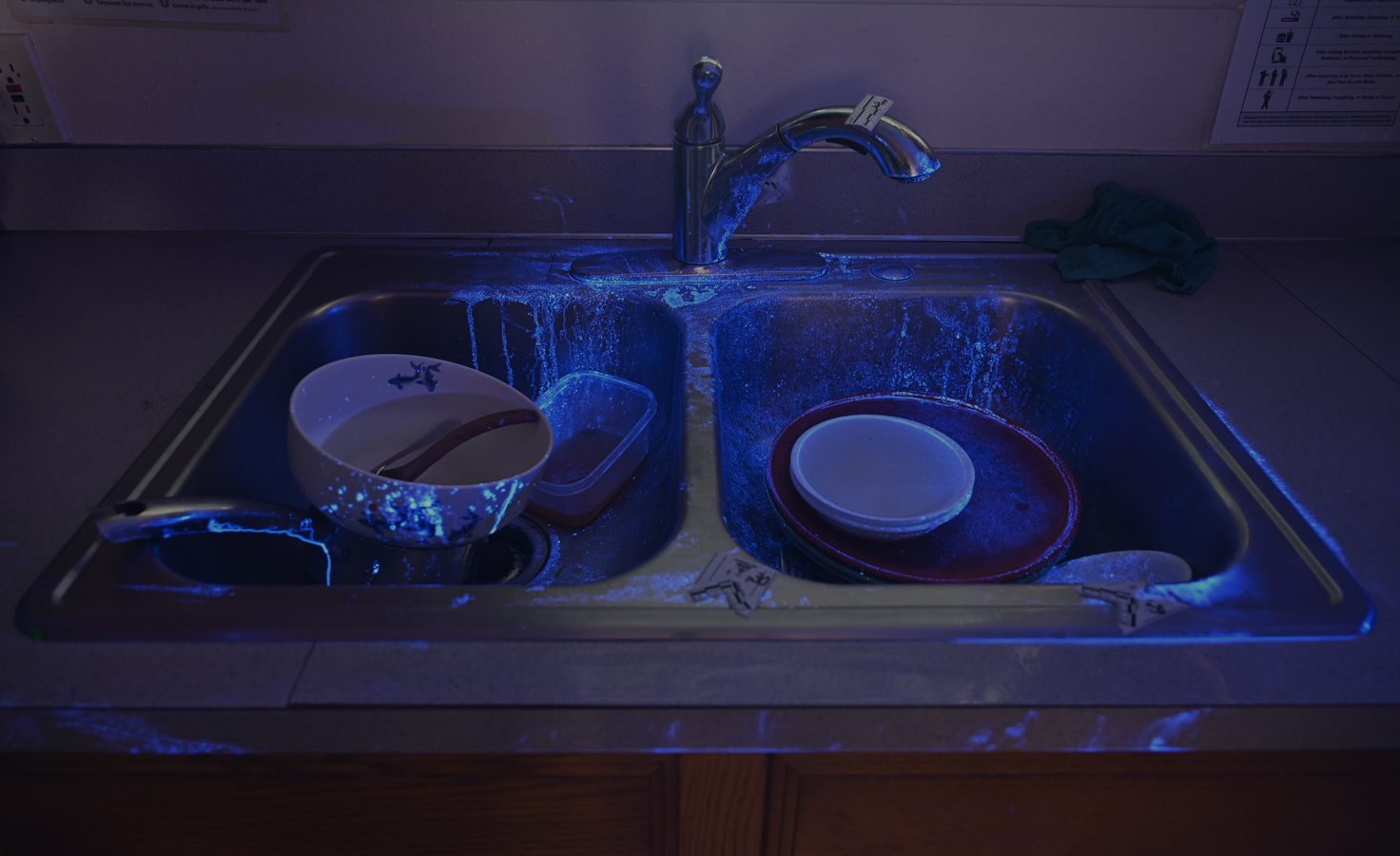
Sensitivity
BLUESTAR® Forensic detects blood at dilutions up to 1:100,000.
It can reveal minute, erased, or washed blood traces, even on dark surfaces and in the presence of detergents.
Unlike traditional luminol, BLUESTAR® produces a brighter, longer-lasting reaction that can be seen with the naked eye — even in partial light — and does not require alternative light sources.
Its reaction is compatible with DSLR cameras and other standard photographic equipment, ensuring excellent documentation.
Synthetic blood:
BLUESTAR® Forensic reacts with synthetic blood products that contain hemoglobin.
False positives
Certain substances — including bleach — can produce chemiluminescence and therefore false positives.
However, the glow from bleach is typically brief and easily distinguishable from a true blood reaction by a trained technician.
Other household products and chemicals may also cause false positives, but with experience, these can be quickly identified.

